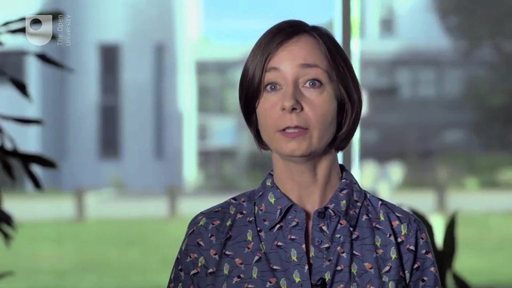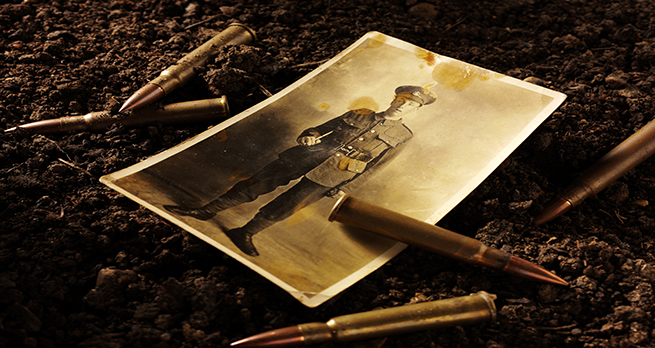Week 1: Physical and mental casualties
Introduction
Welcome to this free course, First World War: trauma and memory. To start, watch the following video in which Annika Mombauer of The Open University introduces this week.

Transcript
After more than four years of fighting in the First World War, the enormous numbers of dead soldiers and civilians couldn’t be counted accurately. It was even more difficult to account for the many millions of injured, maimed and disfigured soldiers.
During the war, armies and medical professionals were pushed to their limits by the sheer scale of suffering. The types of injuries were not necessarily new, but they occurred on an unprecedented scale. New medical treatments became necessary to deal with wounds to bodies and minds. We often tend to reflect much more on those who died than on those who survived the fighting, but the survivors often had to contend with terrible and long-lasting injuries that continued to haunt them long after the fighting had finally ceased in November 1918. For millions, the suffering did not end with the armistice.
Before you continue reading, you might want to try to guess how many soldiers you think were wounded and killed in the First World War. Jot down your estimate of how many soldiers from the UK, Germany and Russia died. Could you speculate on which country may have had the highest numbers of casualties? Where do you think the highest numbers of civilian losses were sustained? You will look at the answers to these questions, and much more besides, as you explore the trauma and memory of the First World War.
The course is designed to run on desktops, tablets and mobile devices; however, some of the material is quite detailed and using a larger screen will enhance your experience. Materials are best viewed running the most up-to-date software available for your device and using the most recent version of the web browser.
Graphic content
Please be warned that this course contains graphic images of injuries sustained by victims of war.
